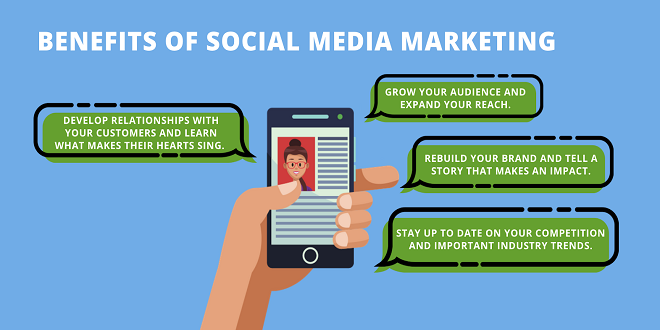Eliminate Billable Hours the marketing agency blueprint

Disrupt or be disrupted
Disruptive innovation can hurt if you are not the one doing the disruption. This term, coined by Harvard professor and bestselling author Clayton Christensen (play Christensen), and commonly talked about in technology circles, is a very real issue for marketing agencies. According to Christensen, disruptive innovation, “describes a process by which a product or service takes root initially in simple applications at the bottom of a market and then relentlessly moves ‘up market,’ eventually displacing established competitors.
”1 Disruptive innovation is already happening in the marketing services industry, and it is going to change everything, including pricing and service models, measurement methods, tools and platforms, higher education, industry accreditation, marketing budgets, organization charts, and career paths.
Think about the firms coming up that have superior knowledge and capabilities in the high-demand areas of search, mobile, content, and social. Do you think the status quo is sustainable for traditional marketing firms? The upstarts and innovators may not immediately attack the core larger enterprise markets sought after by the big agencies, but before you know it, the collective ecosystem of emerging agencies will have built a diverse and collaborative empire that will shift the power in the industry. Then, it is only a matter of time.
A broken system
I started my career in the marketing industry at a traditional PR firm. In those days (1999–2005) we charged a flat rate of $125 per hour and billed in quarter-hour increments. The flat rate meant that clients paid the same hourly rate for my work as they did for time logged by our most senior personnel. This was easier to track and report internally (when people actually completed their timesheets) than a tiered hourly rate, but from a client’s perspective, I always struggled to understand how paying a junior associate and a senior executive the same $125 per hour made any sense. Where is the value in that? Then a
The Salary-Rate Fallacy
A standard formula used by agencies to determine billing rates is to apply a salary multiple, commonly a factor of two or three. According to communications industry consultants StevensGouldPincus, the most profitable PR firms should target 35 percent of revenue for base salaries, and 50 percent of revenue for total labor costs, including salaries, bonuses, and freelance/outsourced labor.
In theory, if employees generate three times their base salaries in revenue, then firms will fall within target profitability ranges. Firms may use variations when determining hourly rates, and take additional factors into account, but a simple salary multiple enables them to account for overhead expenses and employee compensation while leaving room for net profit margins.
Last word
Target net profit margins vary greatly based on agency size, growth rate, and life stage, but, most likely, they will fall in the range of 10 to 25 percent, depending on which benchmark report you reference. In order to understand the deficiencies of this approach, let’s take a look at an example of how an agency professional’s hourly rate would be calculated using a multiple.





